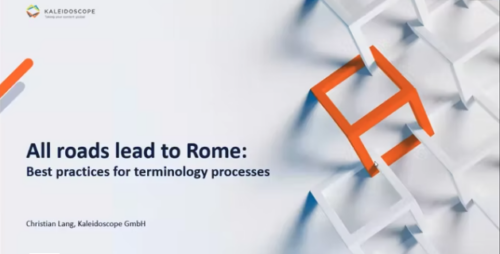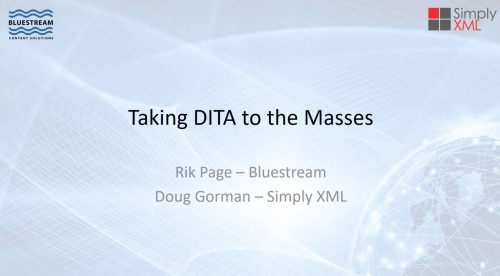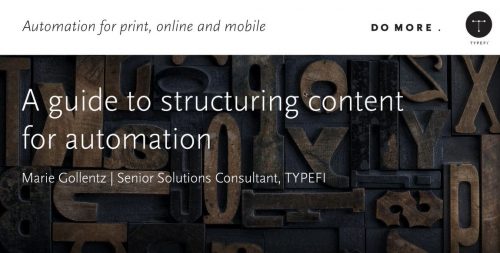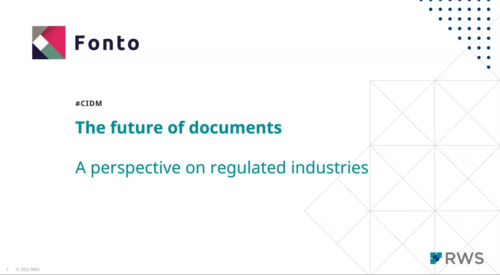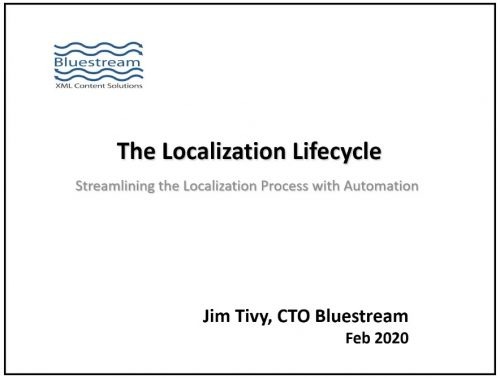Recorded on
December 7, 2023

Communication can be tricky as meaning and understanding can get lost easily. The nuances of our languages with their different meanings and overlapping concepts are only one source for failed communication. On a business level, things get even more complicated when different business units or content providers are not consistent in their usage of words. In the days of “King Content” this can be detrimental to your business success.
- But how do you find out which terms are used in various parts of your organization?
- How can you gather and harmonize them?
- How can you get everybody's input on the suggestions you make as a terminologist?
- And how can you make sure you have a functioning feedback loop to maintain consistently high termbase quality?
Find out more in our webinar where we present procedural and technological solutions with our Content Quality Platform Kalcium.
Presented by Klaus Fleischmann, Kaleidoscope

Klaus Fleischmann studied translation and IT in Vienna, holds an MA in Conference Interpreting from Monterey, California, and a MAS in Technical Communication from Krems, Austria. In 1996, he founded Austria-based Kaleidoscope, a company implementing content, translation, and terminology management processes for internationally active companies. Kaleidoscope develops online collaboration software for enterprise-level terminology workflow, translator query management, in-country review etc., making the translation quality process comprehensible and strategically manageable. In 2007, he became CEO of Austria's leading LSP, Eurocom Translation Services. Always active in the industry, Klaus was voted into the Gala Board of Directors in 2015 and 2017.
 What’s Next: Social and Semantic Technical Documentation
In most respects, today’s technical documentation works like the good old Web 1.0: one-way publishing of static textual content, written by humans to be read by humans. But in the last 20 years, the Web has experienced two major revolutions, social and semantic, that led to the outstanding developments of Web 2.0 and Web 3.0. Will technical documentation go the same way? Join Fabrice Lacroix, serial entrepreneur, technology pioneer, and founder of Fluid Topics as he explores the principles that transformed the Web, finds out how these concepts can be applied to technical documentation, and get an insight into Tech Doc 2.0 and Tech Doc 3.0.
Presented by Fabrice Lacroix, CEO of Fluid Topics
What’s Next: Social and Semantic Technical Documentation
In most respects, today’s technical documentation works like the good old Web 1.0: one-way publishing of static textual content, written by humans to be read by humans. But in the last 20 years, the Web has experienced two major revolutions, social and semantic, that led to the outstanding developments of Web 2.0 and Web 3.0. Will technical documentation go the same way? Join Fabrice Lacroix, serial entrepreneur, technology pioneer, and founder of Fluid Topics as he explores the principles that transformed the Web, finds out how these concepts can be applied to technical documentation, and get an insight into Tech Doc 2.0 and Tech Doc 3.0.
Presented by Fabrice Lacroix, CEO of Fluid Topics
 Fabrice Lacroix is a serial entrepreneur and a technology pioneer. He has been working for 25 years on the development of innovative solutions around search technology, content enrichment and AI. He is the founder of Fluid Topics, the leading Content Delivery Platform that reinvents how users search, read and interact with technical documentation.
Fabrice Lacroix is a serial entrepreneur and a technology pioneer. He has been working for 25 years on the development of innovative solutions around search technology, content enrichment and AI. He is the founder of Fluid Topics, the leading Content Delivery Platform that reinvents how users search, read and interact with technical documentation. 
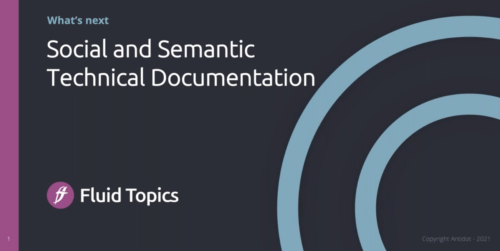
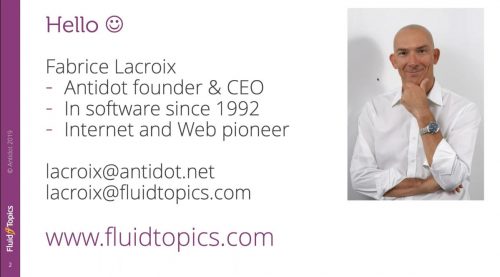
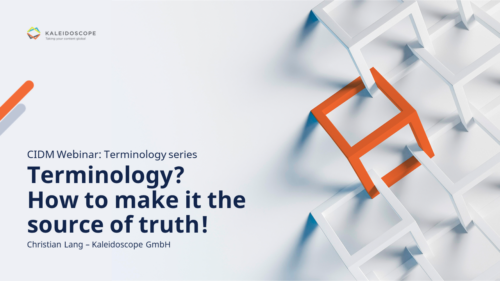

 Christian Lang, Technical Consultant, has a wide range of experience and interests in the language field, proven by his degree in Japanese studies and translation. He first became involved with terminology management as a freelance translator for the European Patent Office. Since then, it has become one of his hobbies, as has research in the field of NLP on topics such as machine translation, automatic term extraction, and concept maps.
Christian Lang, Technical Consultant, has a wide range of experience and interests in the language field, proven by his degree in Japanese studies and translation. He first became involved with terminology management as a freelance translator for the European Patent Office. Since then, it has become one of his hobbies, as has research in the field of NLP on topics such as machine translation, automatic term extraction, and concept maps.

